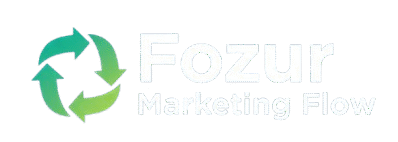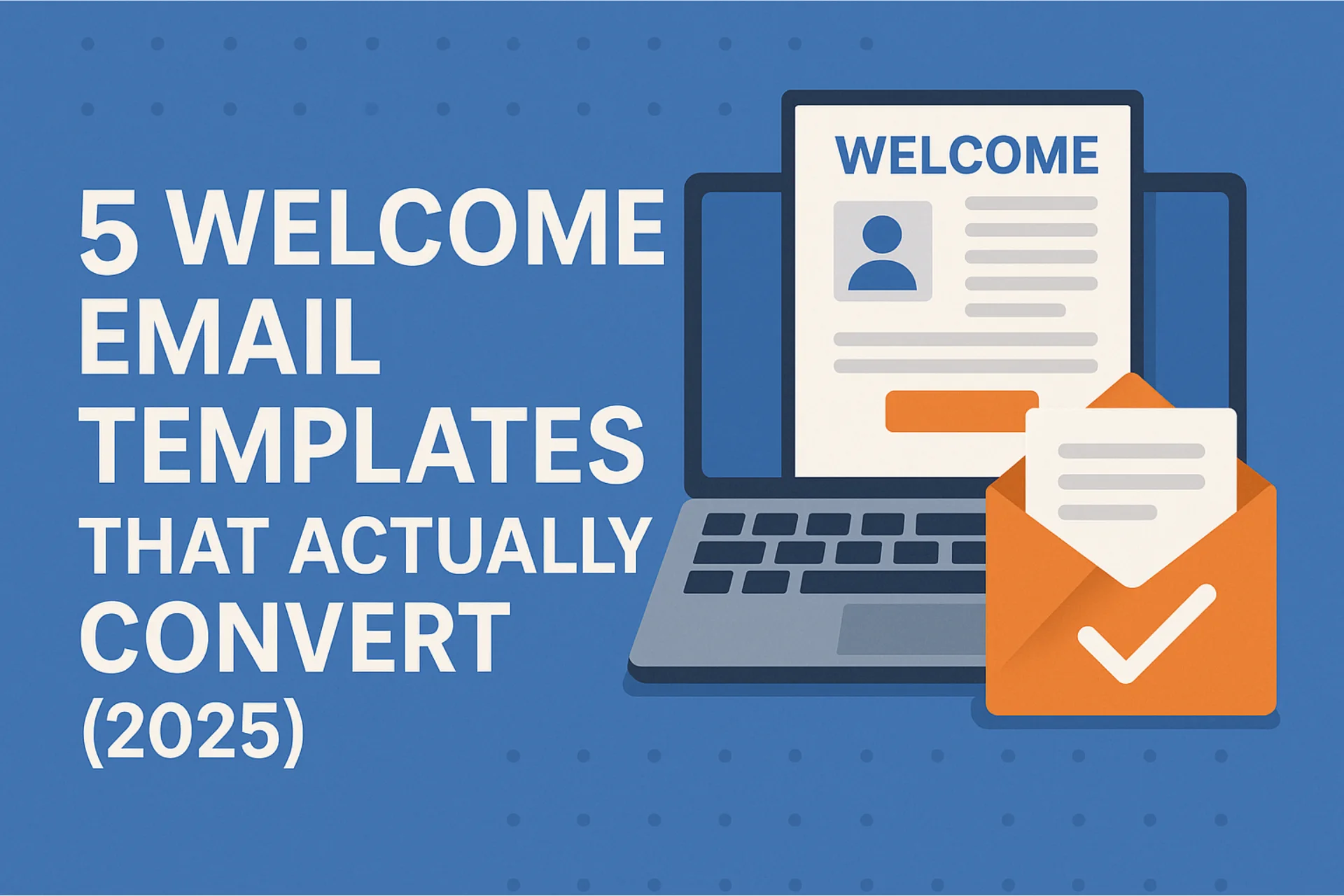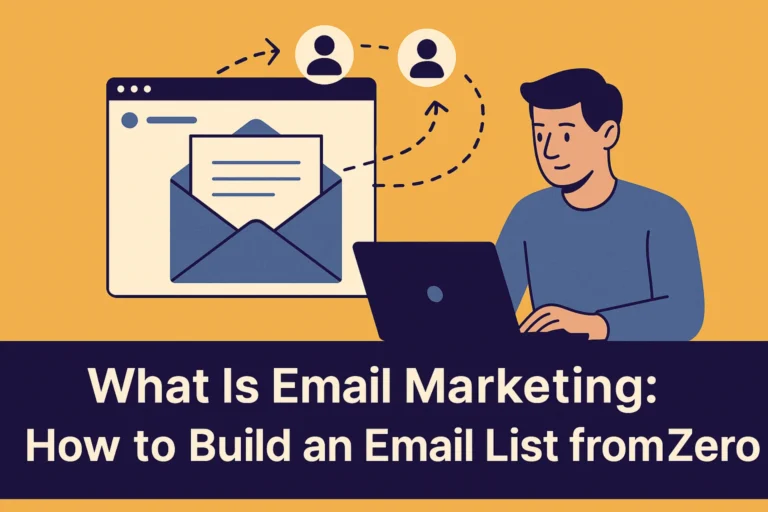5 Welcome Email Templates That Actually Convert (2025)
You’ve done the hard part — someone trusted your brand enough to hit “Subscribe.”
Now comes the make-or-break moment: the welcome email.
It’s the first message new subscribers receive, and it sets the tone for every future interaction.
Yet, more than 75 percent of brands still treat welcome emails like digital handshakes — polite but forgettable.
This guide changes that.
You’ll learn five proven templates that not only earn clicks and replies but actually convert readers into customers.
Each template is broken down with the psychology behind why it works, how to adapt it to your niche, and tips to avoid common conversion-killing mistakes
1️⃣ Why Welcome Emails Matter More Than You Think
Welcome emails aren’t “nice to have” — they are your most powerful conversion trigger.
📊 The Numbers
- Average open rate of welcome emails: 50 – 60 percent (Higher than any other email type).
- Click-through rate: 4 times higher than standard campaigns.
- Conversion rate: 10 percent average, but can reach 20 + when optimized.
(Sources: HubSpot, Omnisend, Campaign Monitor 2024)
🧠 The Psychology
When someone joins your list, their curiosity and trust are at their peak.
A good welcome email capitalizes on this moment of attention to build connection and momentum.
2️⃣ Anatomy of a High-Converting Welcome Email
Every effective welcome email shares five core elements:
| Element | Purpose | Example Tip |
|---|---|---|
| Subject Line | Sparks curiosity and clarity | “Welcome aboard — here’s your first exclusive bonus 🎁” |
| Personal Greeting | Builds connection | Use the subscriber’s name if possible |
| Value Hook | Reinforces why they joined | Restate what they’ll gain (e.g., exclusive guides, offers) |
| Next Step CTA | Encourages engagement | “Start your journey → View your dashboard” |
| Brand Signature | Humanizes your brand | End with a real name + photo (optional) |
Pro Insight:
Behavioral studies show that people respond better to emails with a single, clear CTA. Multiple buttons split attention and lower conversion rates by as much as 37 percent.
3️⃣ The 5 Welcome Email Templates That Actually Convert
Each template below is field-tested and rooted in persuasion principles.
Adapt the tone and CTA to match your brand voice.
Template 1: The Warm Thank You + Brand Story
Best for: Startups, service businesses, personal brands
Goal: Build trust and set expectations.
Subject: “Welcome to [Brand] — Here’s what you can expect next”
Body:
Hi [Name],
We’re thrilled to have you on board. Every week, you’ll receive practical insights on [topic].
We believe in [core value statement] and can’t wait to help you [achieve goal].
Ready to dive in? Start here → [CTA].Cheers,
[Founder Name], [Title]
Why It Works: Activates reciprocity and authentic connection — you’re thanking them first before asking for anything.
Template 2: The Micro Onboarding Guide
Best for: SaaS and digital products
Goal: Help users get quick wins immediately.
Subject: “Your first 3 steps to success with [Product]”
Body:
Welcome aboard, [Name]!
Let’s get you set up in under 5 minutes:
1️⃣ Do this first → [Action link]
2️⃣ Try this quick feature → [Action link]
3️⃣ Join our community → [Action link]Your next email will show how to [advanced benefit].
Why It Works: Reduces activation friction. Users feel guided, not sold to.
Template 3: The Social Proof + Community Invite
Best for: Platforms, online communities, coaching brands
Goal: Build trust and social validation.
Subject: “Join 10,000+ others already using [Brand] to [goal]”
Body:
Welcome to the [Brand] community!
Here’s what others are saying:
⭐ “[Short testimonial 1]”
⭐ “[Short testimonial 2]”
Your turn to see what’s possible. Explore your dashboard → [CTA].
Why It Works: Uses the social-proof heuristic — people trust what others already endorse.
Template 4: The Resource Delivery + Engagement Prompt
Best for: E-learning, content creators, newsletters
Goal: Deliver immediate value + trigger reciprocity.
Subject: “Here’s your free guide + a bonus you’ll love”
Body:
Hi [Name],
Here’s your requested [resource name]. We’ve also included a bonus resource to help you take the next step.
Tell us what you think by replying to this email — we read every message.
Why It Works: Provides instant gratification and invites two-way communication, raising reply rates and deliverability.
Template 5: The Incentive + Soft Upsell
Best for: E-commerce and product brands
Goal: Drive the first purchase without feeling pushy.
Subject: “Your exclusive 10% welcome discount inside 🎁”
Body:
Welcome to [Brand]! As a thank-you, here’s a 10% off code for your first order.
Use it within the next 72 hours to unlock free shipping too.
Shop the collection → [CTA].
Why It Works: Combines urgency + reciprocity. You reward interest and encourage fast conversion.
4️⃣ How to Sequence Your Welcome Series
Instead of a single email, design a 5-step sequence that guides new subscribers from awareness to action.
| Day | Focus | Example Template |
|---|---|---|
| 0 | Warm Welcome & Brand Story | Template 1 |
| 1 | Quick Start Guide / Activation | Template 2 |
| 3 | Trust & Community Invite | Template 3 |
| 5 | Deliver Bonus Resource | Template 4 |
| 7 | Incentive / Offer + Soft Upsell | Template 5 |
Pro Tip: Always resend to non-openers 48 hours later with a new subject line — it can recover 10–15 percent of lost opens.
5️⃣ How to Adapt These Templates to Your Niche
| Niche | Adaptation Focus |
|---|---|
| SaaS | Emphasize product activation and feature value early. Show a demo link or “Get Started in 3 Clicks.” |
| E-commerce | Add discount codes and social proof. Show top rated products with images. |
| Education / Coaching | Lead with knowledge and free content; invite to a community or webinar. |
| Service businesses | Personalize with the founder’s name and a direct contact CTA. |
| Non-profits | Focus on impact stories and gratitude, not sales. |
6️⃣ Common Pitfalls to Avoid
- Overloading with CTAs: Stick to one clear next step.
- Talking about yourself too much: Frame everything around the reader’s benefit.
- Ignoring mobile design: Over 60 percent of emails are opened on phones.
- Sending too late: Automate welcome emails to go out instantly after signup.
- Forgetting to test: A/B test subject lines and send times monthly.
7️⃣ Optimization Checklist Before You Send
✅ Personalization tokens work (first name and/or interests).
✅ Subject line length ≤ 45 characters for mobile.
✅ Text-to-image ratio ≈ 60/40.
✅ Preview on mobile and dark mode.
✅ Check link tracking UTMs.
✅ Include plain-text version for accessibility.
✅ Monitor open rate, CTR, and reply rate within 24 hours.
8️⃣ Conclusion & Next Steps
A welcome email is not just a formality — it’s your brand’s first impression in action.
By using these five templates and sequencing them strategically, you’ll turn a generic hello into a relationship that drives sales and loyalty.
Start by implementing Template 1 today, then build your series over the week.
Small improvements in these emails compound into major revenue growth over time.
9️⃣ Frequently Asked Questions (FAQs)
Q1. How many emails should be in a welcome series?
Between 3 and 5 emails is ideal — enough to build trust without overwhelming new subscribers.
Q2. When should the first welcome email be sent?
Immediately after signup — preferably within 5 minutes to capture peak attention.
Q3. Should a welcome email include a discount or freebie?
Only if it aligns with your brand strategy. Educational brands should focus on value; e-commerce brands can incentivize early purchases.
Q4. What’s a good open rate for welcome emails?
Aim for 50 percent or higher. If you’re below 40 percent, your subject lines may need testing.
Q5. How do I automate a welcome sequence easily?
Use an email marketing platform with visual automation builders. Set a trigger (event: signup) and schedule a series with delays and conditions.
💡 Final Takeaway
The difference between a generic welcome email and one that converts is intentional structure.
Focus on psychology, timing, and value delivery — and you’ll turn every new subscriber into an engaged fan.


